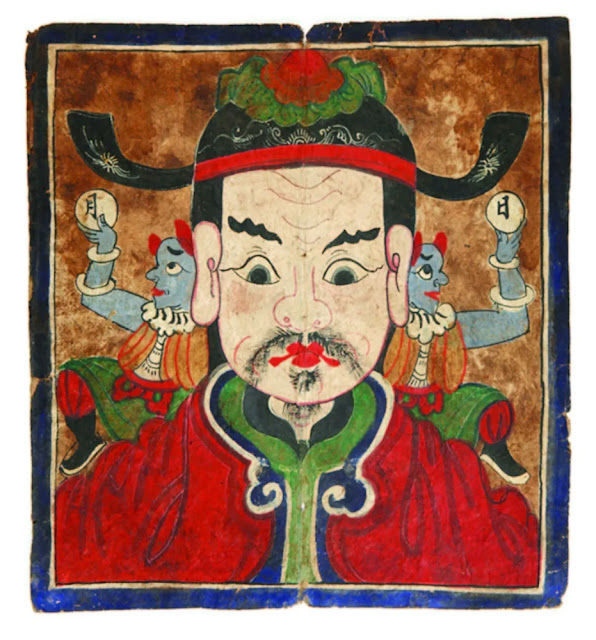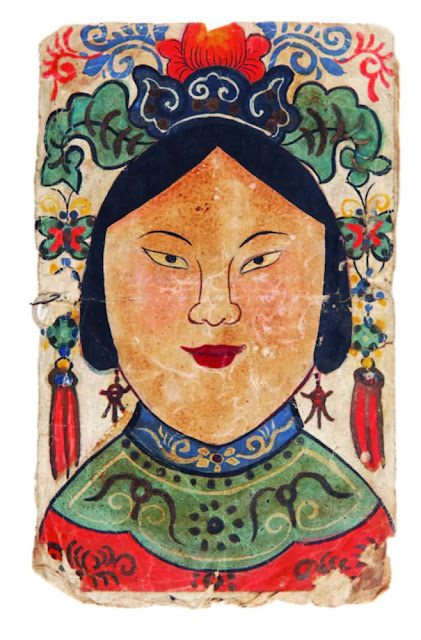

.JPG)
.JPG)
.JPG)
.JPG)
.JPG)
.JPG)
.JPG)
.JPG)
.JPG)
.JPG)
.JPG)
.JPG)
.JPG)
.JPG)
.JPG)
.JPG)
.JPG)
.JPG)
.JPG)
.JPG)
.JPG)
.JPG)
.JPG)
.JPG)
.JPG)
.JPG)

















https://www.bates.edu/museum/exhibitions/2014-2/art-of-the-shaman-from-vietnam-and-china/
above are 12 of my first acquisitions, reminding me of the Nepalese and Tibetan thangka's. you'll find bookcovers for further studies and an yao shaman exhibition link. Below are more examples , paper shaman masks as well a wooden, shaman implements, making me think of the Newar of Nepal!
Following; Antique Yao Shaman’s robes from Laos, 19th century. The provenance is from the ex Roger Hollander collection.


.JPG)
.JPG)
.JPG)
.JPG)
.JPG)
.JPG)
.JPG)
.JPG)
.JPG)
.JPG)
.JPG)
.JPG)
.JPG)
.JPG)
.JPG)
.JPG)
.JPG)
.JPG)
.JPG)
.JPG)
.JPG)
.JPG)
.JPG)
.JPG)
.JPG)
.JPG)














































